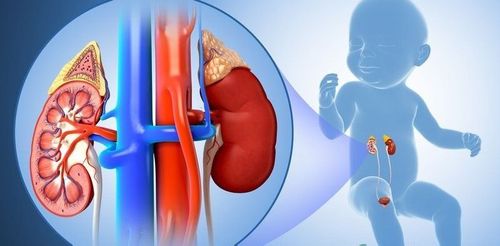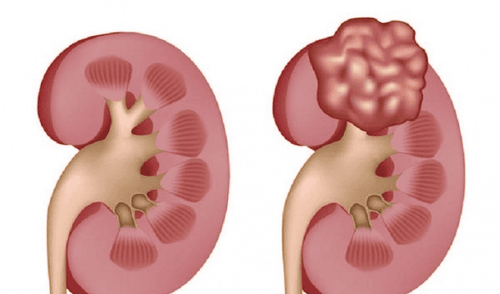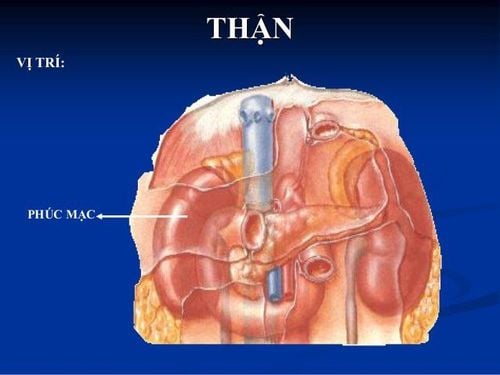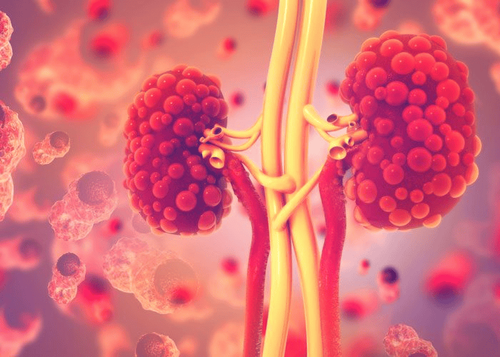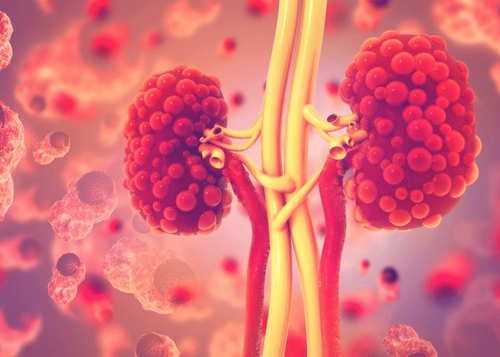This is an automatically translated article.
The article is expertly consulted by Master, Doctor Le Phuc Lien - Urologist - Department of General Surgery - Vinmec Central Park International General Hospital. The doctor has more than 12 years of experience in the field of urology and specialized urology.It is necessary to aspirate the renal fluid under the guidance of ultrasound to reduce the pressure of the renal cyst, remove all the fluid in the renal cyst, and prevent some complications from occurring.
1. Why need aspiration of renal cysts?
Kidney cysts that do not cause complications for the patient do not need to be treated. However, when the kidney cyst is larger than 6cm, it is necessary to aspirate the cyst fluid to prevent dangerous complications.There are many methods to treat kidney cysts such as: Surgery, percutaneous aspiration of renal cyst fluid and method of aspiration of renal cyst fluid under ultrasound guidance (minimum invasive method is widely applied). .
2. Indications and contraindications to aspiration of renal cysts under ultrasound guidance
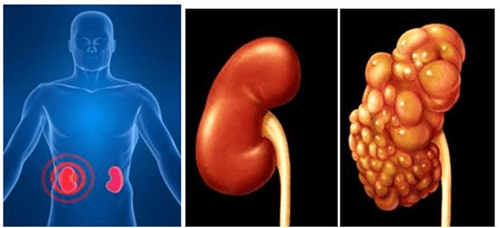
Nang thận không gây biến chứng cho người bệnh thì không nhất thiết điều trị
Renal cyst is larger than 6cm and has painful symptoms The patient is seriously ill, has a systemic disease, is unable to operate or does not want surgery. pyelonephritis is contraindicated with ultrasound-guided aspiration of renal cyst fluid when:
The patient has coagulopathy and infection at the puncture site.
3. Steps to aspirate renal cyst fluid under ultrasound guidance
Step 1: Do preoperative bilan to assess kidney function, condition of renal parenchyma, size of cyst, thickness of cyst wall, fluid in cyst, degree of anemia and systemic diseases. Step 2: Enema and ask the patient to lie on the side of the lesion, then local anesthetic. Step 3: Select Computed tomography and use ultrasound combined with luminosity as the means to guide the renal cyst. This method helps to display real-time images, allowing direct control over the operation of the procedure. Step 4: Insert the Chiba needle into the renal cyst under the guidance of renal ultrasound. Locate the needle tip within the cyst using contrast under fluoroscopy. Insert the guidewire into the renal capsule through the Chiba needle under fluoroscopy control. Step 5: Needle puncture of cerebrospinal fluid into renal cyst under the guidance of renal ultrasound. When the needle has entered the renal cyst, proceed to aspirate the renal cyst until the fluid is gone. Take the aspiration fluid for testing if necessary. Remove the renal cyst needle. Ultrasound check periodically 1 - 3 - 6 - 12 months.4. Monitoring and handling of accidents

Đái máu nhiều gây tụt huyết áp cần truyền máu
Monitor pulse, temperature, blood pressure, urine color Closely monitor the site of renal cyst aspiration and general condition for 24 hours. Treatment of complications:
Pain at the puncture site: In case of severe pain, use analgesics. Microscopic hematuria does not require treatment; In case of gross hematuria or hematuria, add sodium chloride 9% or glucose 5%. Hematuria causes hypotension, requiring blood transfusion, intensive resuscitation and hemostatic medication. Vinmec International General Hospital with a system of modern facilities, medical equipment and a team of experts and doctors with many years of experience in medical examination and treatment, patients can rest assured to visit. and hospital treatment.
Please dial HOTLINE for more information or register for an appointment HERE. Download MyVinmec app to make appointments faster and to manage your bookings easily.




